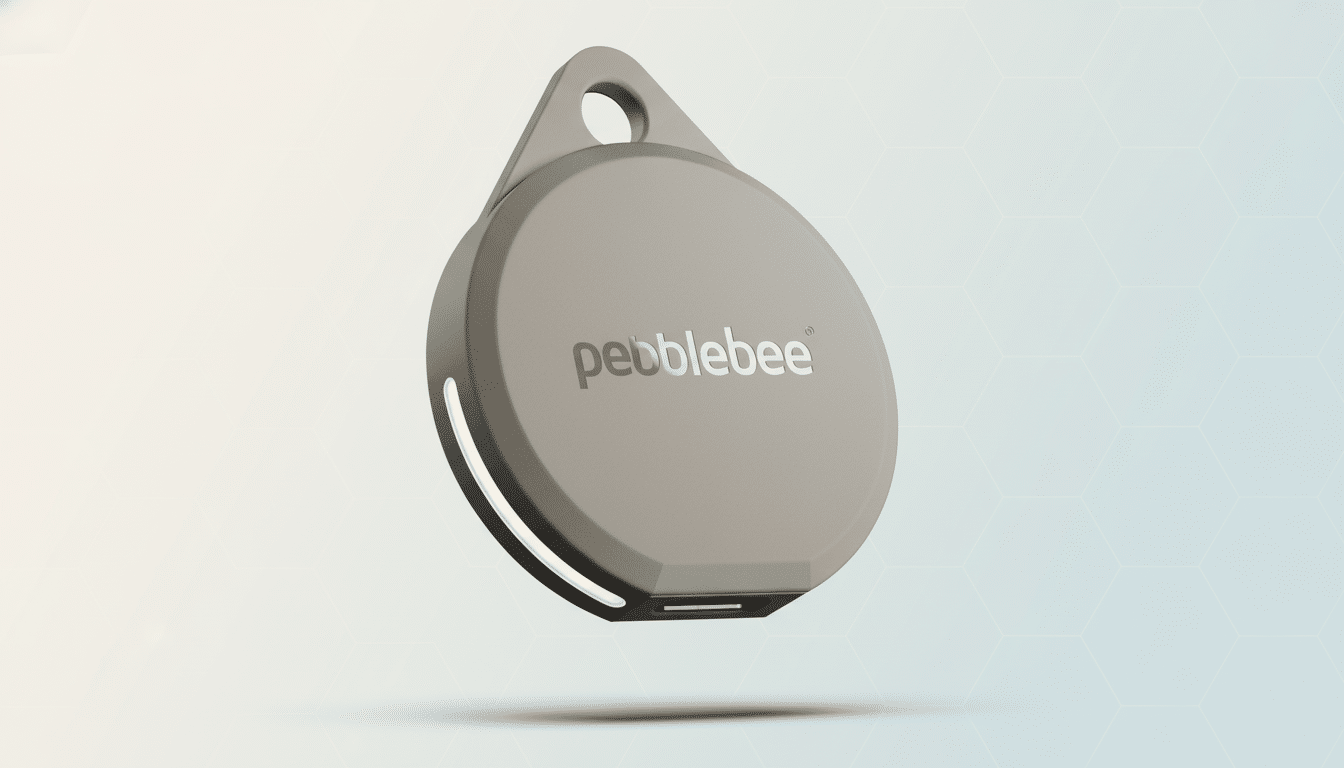My suitcase didn’t land on the carousel during the “last bag” announcement. What did appear was a dot on my phone, stubbornly parked out on our airport’s apron. Staff were led straight to it after a Pebblebee tracker was pinging through Google’s Find My Device network. Half an hour later, my bag — and others stranded on the plane — were reunited with their owners. And now, the same play nice with your Android AirTag rival that bailed me out is marked down to something like $24 — which might make it the most painless travel upgrade of 2021.
How this Android tracker became a lifesaver
For Bluetooth trackers, network is everything. Pebblebee’s Clip 5 and Card 5 tap Google’s crowdsourced Find My Device system, which turns nearby Android phones into secure vectors for the location of a lost item. That can mean a lot of updates in a bustling airport — even when your bag is nowhere near you. The Find My network for AirTags, which is also possible thanks to this concept, can provide such functionality from Apple; Pebblebee is one of the very few devices that works in either ecosystem today.

Travel in the real world is messy — bags are separated from carts, handlers get swamped and delays radiate. The most recent Baggage IT Insights report from SITA found the global mishandled bag rate at 6.9 per 1,000 travelers, a decrease from the previous rate of 7.6 but still high enough to spoil trips. A tracker that puts eyes (and a siren) on your stuff short-circuits that stress.
The deal and the models: Clip 5 and Card 5 details
Now both the Pebblebee Clip 5 and Card 5 are on sale for about $24, down from a recent launch price of $34.99.
- The Clip 5 is for keys, backpacks, checked luggage — the small, round fob kind.
- The Card 5 is a thin, credit-card-style tracker that can slip into a wallet or passport sleeve.
Functionally you’re getting the same location backbone and app support — just choose which shape you prefer for your gear.
What matters on the road: battery, charging, and use
Dual-ecosystem support is the headliner. Pebblebee will be compatible with Google’s Find My Device or Apple’s Find My. You can’t use both at the same time, but you can reset and switch if you change phones later, so these are a safe, future-proof buy or smart gift.
Battery and charging are standouts. Pebblebee rates the Card 5 for up to 18 months per charge, and the Clip 5 for up to 12 months. The Card 5 charges wirelessly via any Qi or MagSafe pad; the Clip 5 goes through USB-C. Based on my experience of previous Pebblebee runtimes, charges are infrequent — tallied in many months, not weeks.
Audio and on-screen prompts guide you to complete the search. The Clip 5 siren is supposed to get as loud as 130 dB, according to Pebblebee; in my informal tests, I was able to get somewhat closer to 90 dB up close, still some pretty intense sound, as with previous models.

Both devices also have LED lights that flash when you ring them, which is remarkably helpful as keys disappear into the black hole of a backpack. They’re IP66 rated against dust and water, have up to 150 meters of Bluetooth range in open space, and offer reverse phone finding — press the tracker to make your phone ring.
Where Pebblebee trades blows and what it lacks
There’s no Ultra Wideband, so you won’t get arrow-style precision like you can with UWB gear, such as Motorola’s Moto Tag or Apple’s AirTag on compatible phones. In practice, I found Pebblebee’s louder ring and more frequent network updates to counterbalance that in most situations — from hotel rooms to baggage halls.
Pebblebee also leaves out the automated left-behind alerts feature that comes standard on Chipolo’s new Android-compatible LOOP and CARD. If you depend on those “you left your wallet behind” nudges to be proactive, that is no small omission. The compromise: Pebblebee’s rechargeable design extends life much longer than most coin-cell trackers. In testing, coin-cell models like Moto Tag required fresh batteries about every four months.
Network power, privacy protections, and reliability
The secret sauce is scale. Google’s Find My Device network now works across a massive base of active Android phones around the world, providing anonymous, end-to-end encrypted location pings for lost items. Apple’s Find My network performs a similar feat from the iPhone end. The fact that Pebblebee can connect to both is the more practical victory — particularly for families or teams blending platforms.
Both platforms also allow for the display of “unwanted tracking” warnings, which represent a shared safety protocol implemented by Google and Apple to counter privacy issues. That is: If a tracker that isn’t yours starts showing up in your path, your phone will warn you. It’s a crucial protection that has rendered modern trackers viable for everyday travel.
Bottom line: a practical, affordable travel upgrade
A tracker that recovered a stranded suitcase is exactly the kind of gear I want in my bag. Pebblebee’s Clip 5 and Card 5 are approximately $24. Both the Clip 5 and the Card 5 from Pebblebee struck me as landing in a rare sweet spot of price, battery life, and cross-platform compatibility. Whether you fly, commute or just frequently lose your keys, this Android-friendly AirTag alternative is the deal to grab before your next trip.

